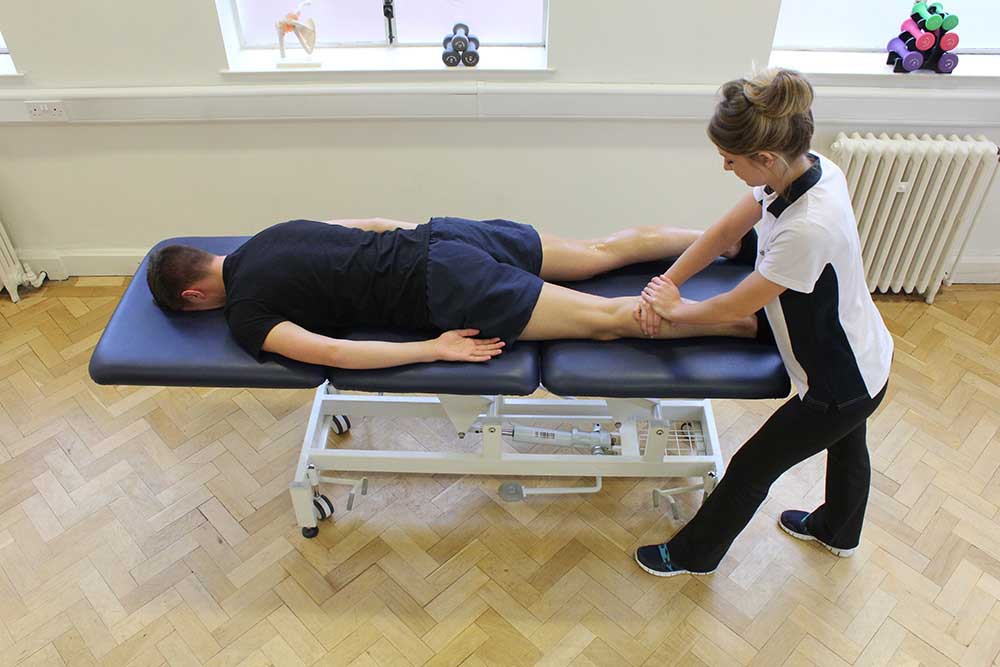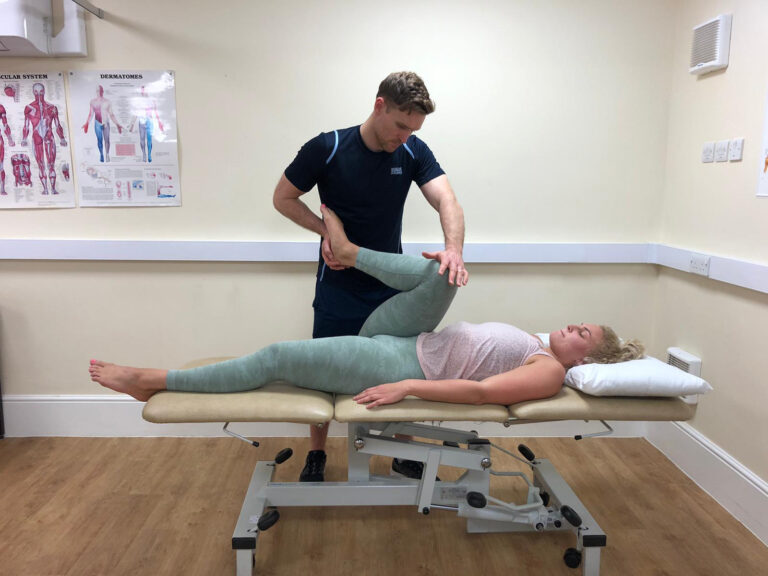Swedish massage is one of the most popular and well-known types of massage therapy, renowned for its ability to relax the body, improve circulation, and reduce stress. The techniques used in Swedish massage are designed to soothe and ease muscle tension, and at the heart of these techniques is effleurage—a fundamental stroke that sets the tone for the entire session.
Effleurage, which means “to skim” or “to touch lightly” in French, is the first stroke performed during a Swedish massage. It is a smooth, gliding motion that uses long, sweeping strokes to relax the muscles and prepare the body for deeper therapeutic work. While effleurage may seem simple, its role in Swedish massage is essential in creating an effective and relaxing experience.
In this article, we’ll explore the significance of effleurage, how it works, and the important role it plays in Swedish massage techniques.
What is Effleurage?
Effleurage is a gentle, gliding stroke that is typically performed using the palms of the hands, fingers, or forearms. It is characterized by long, flowing movements that follow the direction of blood flow toward the heart, often starting at the extremities—such as the hands, feet, or legs—and moving upward.
The stroke is used to warm up the muscles, enhance circulation, and prepare the body for deeper, more targeted techniques. Effleurage is often performed at the beginning and end of a Swedish massage session but can also be used in between other techniques to help transition between different areas of the body.
The Role of Effleurage in Swedish Massage
- Promotes Relaxation and Calms the Nervous System
Effleurage is an integral part of the Swedish massage experience because of its ability to trigger a relaxation response in the body. The gentle, rhythmic strokes activate the parasympathetic nervous system, which is responsible for calming the body and counteracting the stress-inducing “fight or flight” response. As a result, effleurage helps to lower heart rate, reduce blood pressure, and induce a sense of calm.
This initial relaxation is important for preparing the body to relax into the massage and receive the full benefits of other techniques, such as petrissage (kneading) and friction. Effleurage is often used at the start of the session to create an overall sense of comfort and tranquility, helping the client feel at ease.

- Enhances Circulation and Blood Flow
Effleurage is designed to stimulate the circulatory system by encouraging the flow of blood and oxygen throughout the body. When performed in the direction of the heart, effleurage helps move blood from the extremities (hands, legs, feet) toward the central body, improving circulation and delivering fresh oxygen to muscle tissues. This increased circulation has several benefits:
- Oxygenation of muscles: Effleurage brings more oxygenated blood to the muscles, which helps reduce fatigue and promotes healing in tissues that may be tight or sore.
- Removal of metabolic waste: The increased circulation also helps flush out metabolic waste products like lactic acid that can build up in muscles after physical activity.
- Muscle relaxation: As blood flow improves, muscles begin to relax and release tension, making the body more receptive to deeper techniques like kneading or tapping.
Effleurage’s ability to enhance circulation is one of the key reasons why it is performed at the start of a Swedish massage session. It prepares the muscles and tissues to receive deeper, more targeted work while ensuring that the body is relaxed and well-oxygenated.
- Prepares the Body for Deeper Work
One of the primary functions of effleurage is to prepare the body for deeper massage techniques. Swedish massage often includes a combination of strokes that vary in pressure and intensity, and effleurage plays a crucial role in easing the body into these more intense treatments.
By beginning with effleurage, the therapist is able to warm up the muscles, making them more pliable and responsive to deeper strokes like petrissage (kneading) and friction (targeted pressure). Effleurage not only helps relax tight muscles but also helps the therapist assess areas of tension or discomfort, enabling them to adjust their technique as needed.
For example, a therapist may begin with effleurage on a tense back before transitioning to deeper kneading techniques to address specific knots or areas of tightness. Without effleurage to first relax the muscles, these deeper techniques might be less effective or even uncomfortable.

- Improves Lymphatic Flow and Detoxification
In addition to its effects on blood circulation, effleurage also aids in improving lymphatic flow. The lymphatic system is responsible for removing toxins and waste products from the body, and effleurage can help stimulate the lymph nodes and promote detoxification. The gentle, rhythmic strokes help to encourage the movement of lymphatic fluid, which supports immune function and promotes overall health.
By stimulating the lymphatic system, effleurage can assist in:
- Reducing swelling: Effleurage helps move excess fluid and reduces inflammation by encouraging proper drainage through the lymphatic system.
- Promoting detoxification: The strokes aid in the removal of toxins that may have built up in the body, helping the body cleanse itself naturally.
This detoxifying effect is another reason why effleurage is used at the beginning and end of a Swedish massage session, as it prepares the body to release toxins and supports the body’s natural processes.
- Creates a Calming and Grounding Experience
Effleurage is a key element of the overall experience of Swedish massage, contributing to its therapeutic and grounding effects. The slow, methodical nature of effleurage allows the recipient to relax deeply and become more aware of their body. It creates a sense of connection between the therapist and client, helping to foster trust and comfort.
As the therapist moves smoothly and rhythmically over the body, the client can focus on their breath, relax into the touch, and release any mental or emotional tension. This grounding quality of effleurage enhances the relaxation process and allows the massage to be more effective in promoting holistic healing.

- Reduces Stress and Anxiety
Effleurage is known for its ability to significantly reduce stress and anxiety. By calming the nervous system and inducing a state of relaxation, effleurage can have an immediate effect on the body’s stress response. Studies have shown that massage techniques like effleurage can reduce the production of cortisol, the body’s stress hormone, while promoting the release of serotonin and endorphins, which contribute to feelings of happiness and relaxation.
Effleurage’s ability to reduce stress is not only beneficial for physical relaxation but also helps improve emotional well-being, making it an essential part of Swedish massage for those seeking mental and emotional healing.
Conclusion
Effleurage plays a vital role in Swedish massage techniques, offering numerous benefits that go beyond just relaxation. From promoting blood circulation and improving lymphatic flow to reducing stress and preparing the body for deeper work, effleurage sets the stage for a truly therapeutic massage experience. Whether you’re seeking to relieve muscle tension, improve circulation, or simply unwind after a long day, effleurage is an essential technique that ensures the full benefits of Swedish massage are achieved.
Next time you book a Swedish massage, remember that the simple yet effective technique of effleurage is the key to starting your journey toward relaxation, stress relief, and overall well-being.

